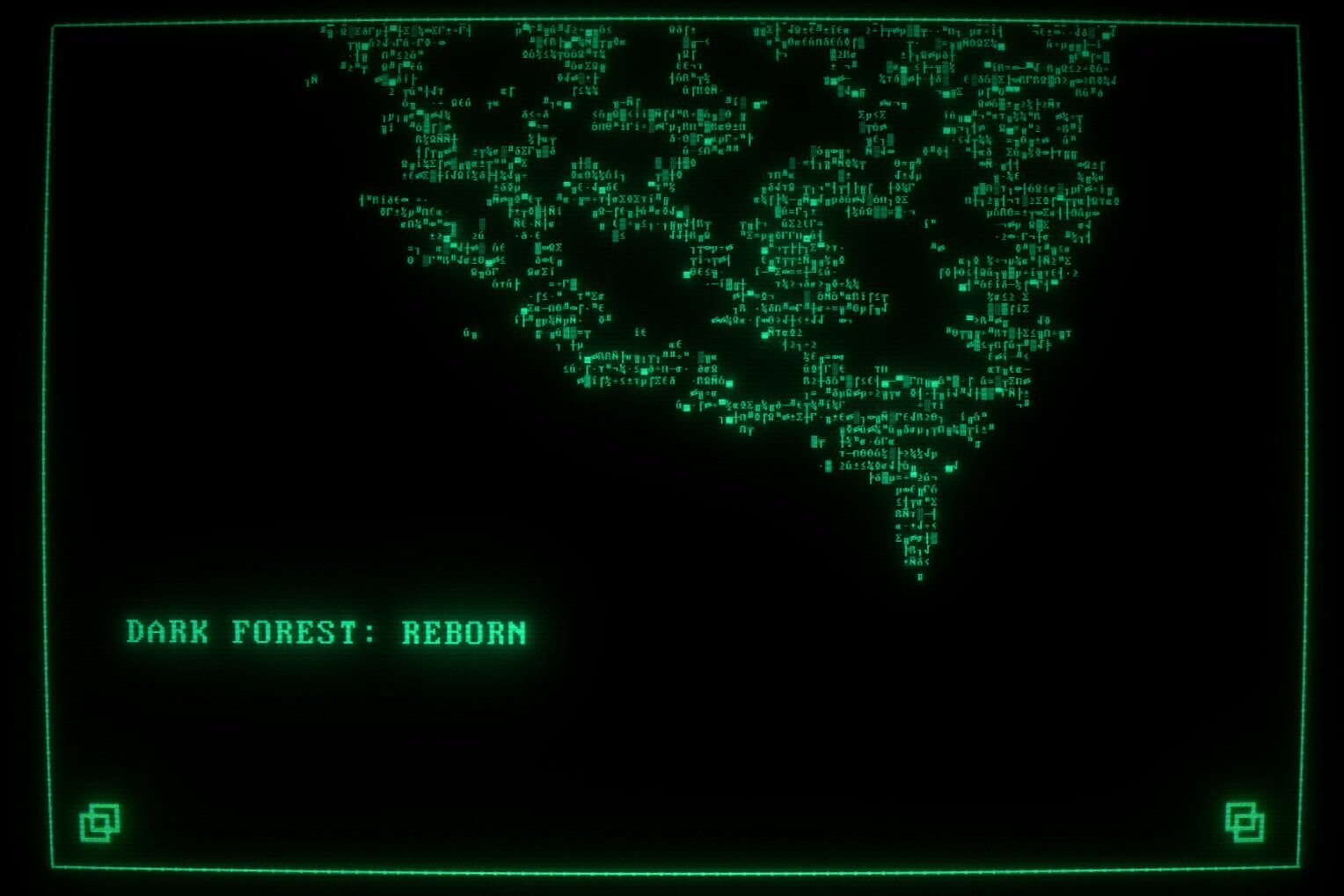
HOW TO CREATE A GOOD TEXT ADVENTURE
Comprehensive analysis, problems and 3 solutions
turorial, DFR, interactive fiction, text adventure, January 3, 2021
This post is a summary of my thoughts about development of games with text processing, mostly regarding the problems associated with them.
Every creative process starts with problems you’re trying to solve. When you want to create something the number of problems you solve every day grows exponentially. If you understand your problems and challenges, you have a better chance of succeeding.
So, you want to create your text-based adventure game (or any game) with text processing? If you want to create it for yourself and your friends only (Joke, developers of text-based games have no friends), then you can just create it and that’s it. Perhaps one or two guys in the whole world play it. Everybody is happy.
But what if you wanted to create something enjoyable for more than just one person who plays your game only because he feels sorry for you? (Actually, because he thinks you’re a psycho who might do something bad if he doesn’t check your game out.)
You have a lot of problems.
Every creative process starts with problems you’re trying to solve. When you want to create something the number of problems you solve every day grows exponentially. If you understand your problems and challenges, you have a better chance of succeeding.
So, you want to create your text-based adventure game (or any game) with text processing? If you want to create it for yourself and your friends only (Joke, developers of text-based games have no friends), then you can just create it and that’s it. Perhaps one or two guys in the whole world play it. Everybody is happy.
But what if you wanted to create something enjoyable for more than just one person who plays your game only because he feels sorry for you? (Actually, because he thinks you’re a psycho who might do something bad if he doesn’t check your game out.)
You have a lot of problems.

My face when I start yet another text-based adventure game development
Because guess what, text-based games have a lot of text and you’re probably not Hemingway. You need good writing, you need a good plot, you need some compelling characters, you need good additional interesting mechanical ideas. Just go to textadventures.co.uk and launch some games - you will see the sort of issues I’m talking about, at least I hope you’ll spot them.
Some games there have good stories but awful writing and awful English. Some have perfect English but a boring plot and obscure characters (usually no characterization at all). Others have a good plot and good English but the simple and boring mechanics of your typical four-ways-to-go text adventures.
Who is the intended audience for these games? As with any other genre, you have three main players:
1. The game’s creator
It's not as bad as you may think (and even not as bad as I think). Some writers create their novels just to read them for themselves after a year or so. Art created for a single person in the world is still art.
2. Other creators in the same genre
The interactive fiction community is the best example in this case: they use similar tools and they write their own games and they play their own games. The community is pretty closed off to newcomers.
3. The usual gamers
Yeah... the usual gamers... millions of players...
You can reach other game designers quite easily, and you are your own captive audience, but what about those millions of gamers? Do you have awesome pixel art pictures with landscapes and characters to impress these people? Do you have some insane chiptune soundtracks? Voice acting? Maybe you have beautiful animations?
Most of the time, no.
You have text. The player writes some text as an input and the game displays some text as an output.
Check this image:
Some games there have good stories but awful writing and awful English. Some have perfect English but a boring plot and obscure characters (usually no characterization at all). Others have a good plot and good English but the simple and boring mechanics of your typical four-ways-to-go text adventures.
Who is the intended audience for these games? As with any other genre, you have three main players:
1. The game’s creator
It's not as bad as you may think (and even not as bad as I think). Some writers create their novels just to read them for themselves after a year or so. Art created for a single person in the world is still art.
2. Other creators in the same genre
The interactive fiction community is the best example in this case: they use similar tools and they write their own games and they play their own games. The community is pretty closed off to newcomers.
3. The usual gamers
Yeah... the usual gamers... millions of players...
You can reach other game designers quite easily, and you are your own captive audience, but what about those millions of gamers? Do you have awesome pixel art pictures with landscapes and characters to impress these people? Do you have some insane chiptune soundtracks? Voice acting? Maybe you have beautiful animations?
Most of the time, no.
You have text. The player writes some text as an input and the game displays some text as an output.
Check this image:

Just compare the text 'You are cute' to the image of the girl (Original art by JuneJenssen)
Now pretend that the image of the girl is removed, and we only have the text: 'You are cute'. We can add some descriptions of course – we can describe the girl, her eyes, her lips, her clothes, but with the image you don't need to do this (and you don't have to write 300 words that no one will read).
You probably have a good story. Maybe some plot twists. Decent dialogue. But you can't show your compelling story or charming characters. You can say something interesting about your game but it's not easy to impress people using text only. Especially in the modern world of powerful graphics engines and talented digital artists.
Even if your game has a decent storyline, compelling characters and good writing (a perfect example of bad writing is this blog. Joke, this blog is the best), the probability of success is still low. If your writing is poor, cool landscapes and voice acting will not save you – because you’re game has no graphics and no sound at all.
What about graphic novels? Well, this can be a good choice for your state-of-the-art story/dialogue-driven game. The graphic novel community is larger than the interactive fiction community (I’m not even sure if the interactive fiction community is still alive). Add the pretty faces of your characters painted by a decent artist, add some gorgeous voice acting and – voila – the best game of all time is ready.
It's not that easy in the real world. There are hundreds of graphic novels with awesome art and outstanding voice acting hindered by writing that reads like the writing of a retarded monkey translated via Google (again, this blog) and stories that are so primitive you think 'one more word and my brain is dead'.
A good story is a must-have for a text-based game. Suppose that we already have it.
What other problems do we have?
You probably have a good story. Maybe some plot twists. Decent dialogue. But you can't show your compelling story or charming characters. You can say something interesting about your game but it's not easy to impress people using text only. Especially in the modern world of powerful graphics engines and talented digital artists.
Even if your game has a decent storyline, compelling characters and good writing (a perfect example of bad writing is this blog. Joke, this blog is the best), the probability of success is still low. If your writing is poor, cool landscapes and voice acting will not save you – because you’re game has no graphics and no sound at all.
What about graphic novels? Well, this can be a good choice for your state-of-the-art story/dialogue-driven game. The graphic novel community is larger than the interactive fiction community (I’m not even sure if the interactive fiction community is still alive). Add the pretty faces of your characters painted by a decent artist, add some gorgeous voice acting and – voila – the best game of all time is ready.
It's not that easy in the real world. There are hundreds of graphic novels with awesome art and outstanding voice acting hindered by writing that reads like the writing of a retarded monkey translated via Google (again, this blog) and stories that are so primitive you think 'one more word and my brain is dead'.
A good story is a must-have for a text-based game. Suppose that we already have it.
What other problems do we have?

1. Obsolete text processing
It usually looks like this:

The game understands 'go north', but fails to process 'let’s go north'. The game understands 'look' but can't process 'look around'.
It's not only poor natural language processing but the traditional mechanics of such games itself – it's a tradition in the interactive fiction community to let players say 'go north' but to forget about processing variations of this phrase like 'I want to go north'. Just start to play Make it Good or any other interactive fiction game here and you’ll understand what I’m talking about.
Your game has no graphics, no sound – and it can't even process input strings that are slightly different from the strings that are direct orders – well, how can we say then that your game is a true text-based game?
It's not only poor natural language processing but the traditional mechanics of such games itself – it's a tradition in the interactive fiction community to let players say 'go north' but to forget about processing variations of this phrase like 'I want to go north'. Just start to play Make it Good or any other interactive fiction game here and you’ll understand what I’m talking about.
Your game has no graphics, no sound – and it can't even process input strings that are slightly different from the strings that are direct orders – well, how can we say then that your game is a true text-based game?
2. Limitations of frameworks
Almost every framework (Inform/Twine/...) for interactive fiction development has a typical and simple understanding of what a text-based game is: these games must have rooms with a maximum of four doors or directions like north, south, east, west; these games must have 'look' and 'examine' mechanics; if you want to add roleplay to your game you better shoot yourself instead of doing this.
These frameworks will not let you create your own game world, because creators of these frameworks surprisingly can't understand that 'text-based' doesn't mean 'has trivial mechanics and a primitive world model'.
These frameworks will not let you create your own game world, because creators of these frameworks surprisingly can't understand that 'text-based' doesn't mean 'has trivial mechanics and a primitive world model'.

Perfect text-based adventure engine after a couple of your patches
If you want to achieve something complex and unique, you will most likely need to rewrite these frameworks.
3. Poor interactions with characters
Most of the time you can't even say 'Hello. How are you?’ or ‘What is your name?'. You are forced to write ugly stuff like 'ask X about Y' and repeat it again and again for anything you want to discuss.
And this limited interaction is not only the result of poor functionality of interactive fiction development frameworks.
Summary of the main problems so far:
- Poor natural language processing capabilities
- Trivial gameplay
- Primitive characters or even no characters at all
And this limited interaction is not only the result of poor functionality of interactive fiction development frameworks.
Summary of the main problems so far:
- Poor natural language processing capabilities
- Trivial gameplay
- Primitive characters or even no characters at all
SOLUTIONS
Modern text-based games must contain not only decent storytelling and writing, but they must also do the following:
- Implement game mechanics that are more complex than just 'a man goes through some rooms and examines things'
- Have at least one compelling NPC with opportunities to chat and opportunities to establish a relationship
- Offer natural language processing (it's a text-based game so one of the main tasks is to process text, surprisingly for most interactive fiction authors)
A text-based game that understands 'hello' but can't understand 'hello, how are you? Do you like me?' fails one of the main tasks of a text-based game – text processing. It was acceptable 30 years ago but now you need something more to impress players.
That's all for now. Some of you may be thinking that I can only criticize things and if I’m so smart then why don’t I go and create my perfect text adventure. Well, ‘Dark Forest: Reborn’ is in development.
I hope some of you will find a bit of useful information in this post. Maybe it will help you to create a game that’s unique and won’t follow the typical text adventure pattern.
Do you think the authors of graphic novels have solutions for these problems? Graphic novels have a huge audience. Maybe text adventures are just obsolete? Let me know what you think!
- Implement game mechanics that are more complex than just 'a man goes through some rooms and examines things'
- Have at least one compelling NPC with opportunities to chat and opportunities to establish a relationship
- Offer natural language processing (it's a text-based game so one of the main tasks is to process text, surprisingly for most interactive fiction authors)
A text-based game that understands 'hello' but can't understand 'hello, how are you? Do you like me?' fails one of the main tasks of a text-based game – text processing. It was acceptable 30 years ago but now you need something more to impress players.
That's all for now. Some of you may be thinking that I can only criticize things and if I’m so smart then why don’t I go and create my perfect text adventure. Well, ‘Dark Forest: Reborn’ is in development.
I hope some of you will find a bit of useful information in this post. Maybe it will help you to create a game that’s unique and won’t follow the typical text adventure pattern.
Do you think the authors of graphic novels have solutions for these problems? Graphic novels have a huge audience. Maybe text adventures are just obsolete? Let me know what you think!
To receive updates on the game's development, subscribe:
(We won’t email you unless there’s an update on the game’s progress.)